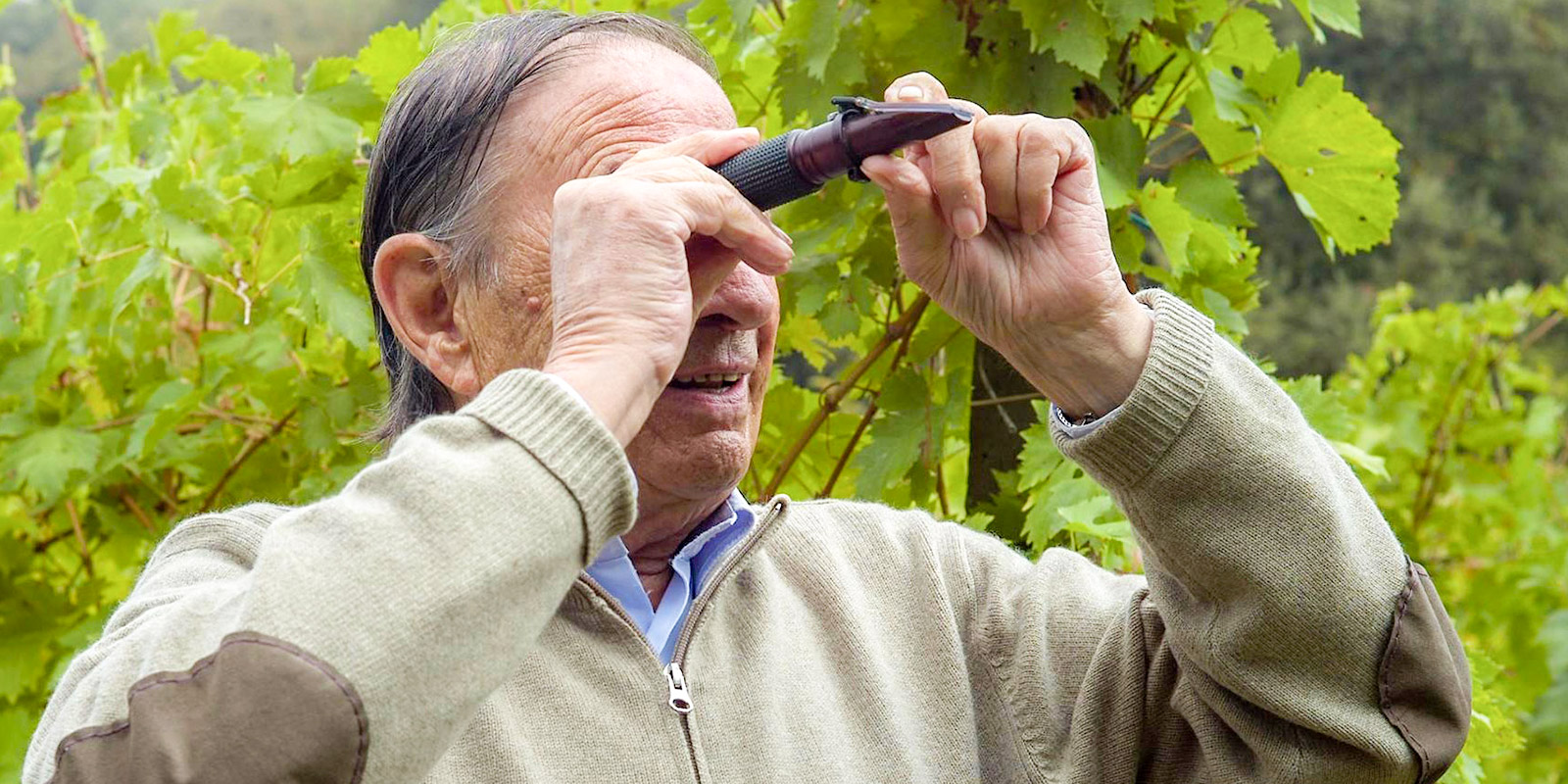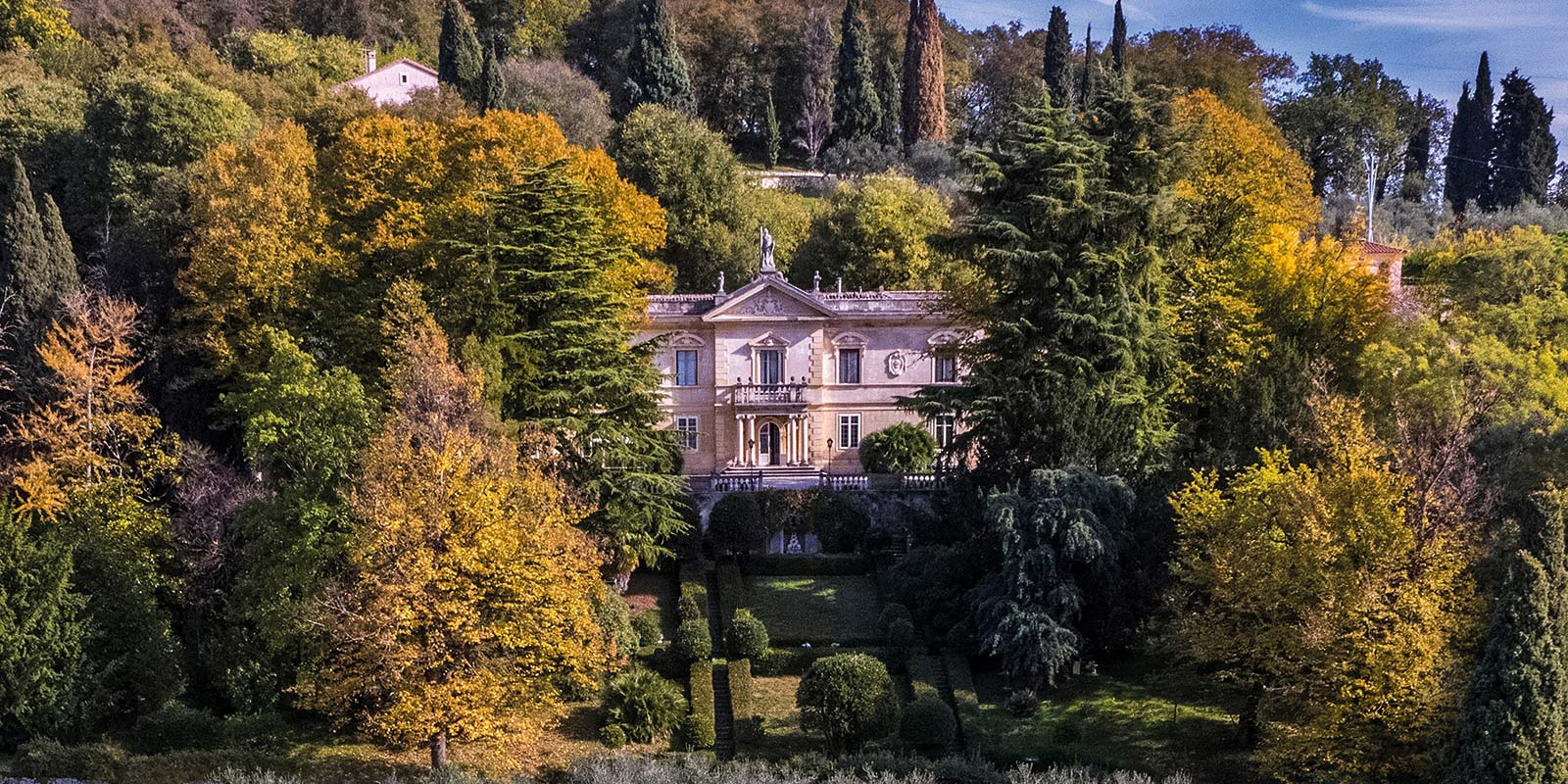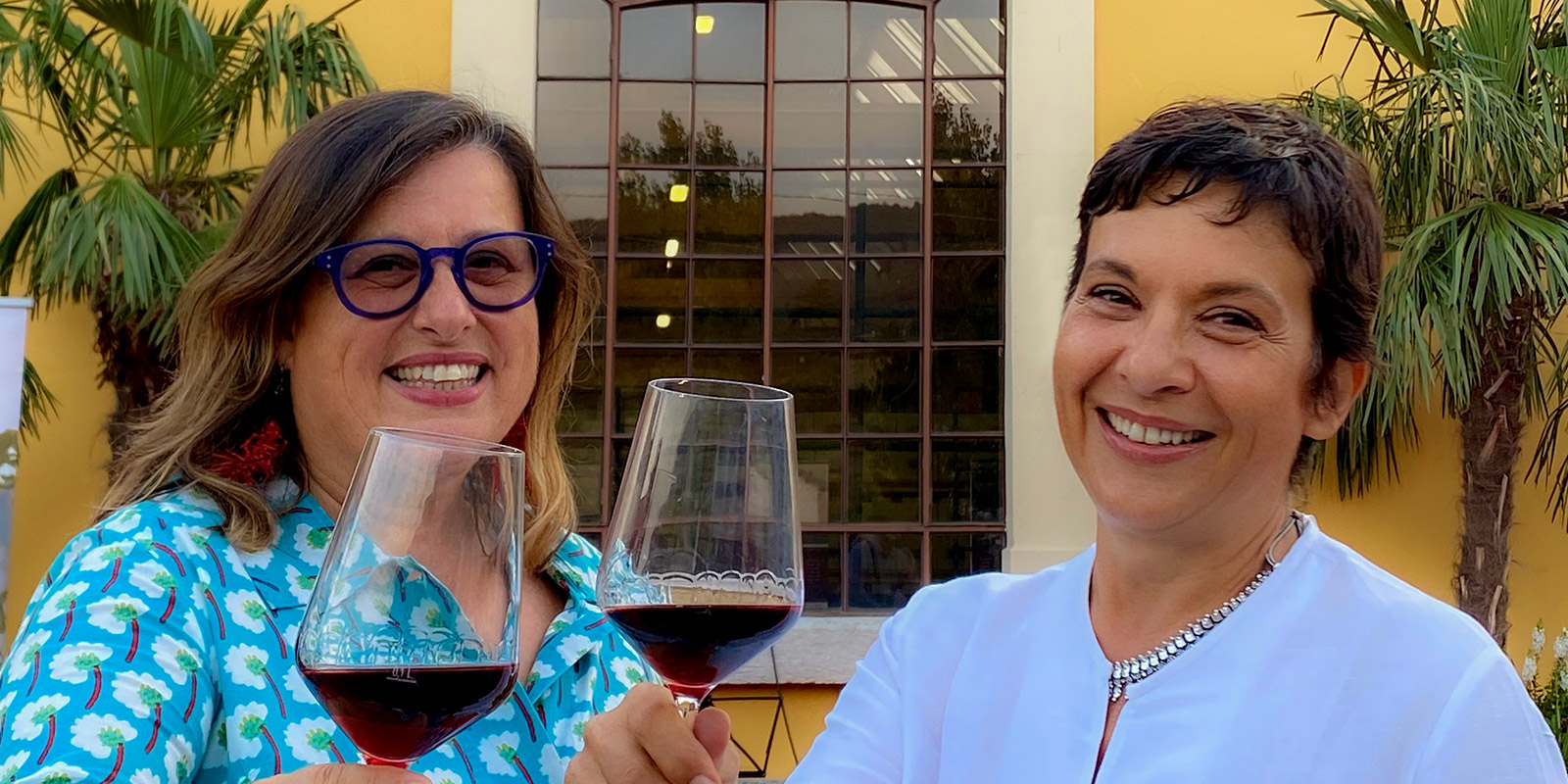A story, a family
In 1958, Gianni Pavesi gets married and purchases the Villa San Carlo Estate, an unequivocal life choice to raise his six children so they may enjoy the benefits of the natural environment and develop a strong connection with their land.

He immediately understands the Estate is highly suited for high-end viticulture. Year after year, he commits to planting the vineyards, fully respecting the land and without making any morphological alteration or cutting down trees, eventually reaching the current 20 hectares of vineyards, thus strengthening the purely viticultural calling of the estate.
In 2009, the year of the first vintage, Gianni – after a successful career as an entrepreneur – realises that he wants to combine his passion for the vineyard with the value of his land in a label bearing the name Villa San Carlo.

When it comes to winemaking, modern technology goes hand in hand with respect for tradition. An old barn, which is naturally ventilated, is converted into a “grape drying room” where the grapes are dried to make the Amarone. In our wine cellar, we use temperature-controlled stainless steel tanks and French oak casks and barrels.
Today his daughters Antonia and Cristina carry on their father Gianni’s project. They have had a variety of work experiences throughout their lives and are now bringing their creativity and a new entrepreneurial approach, combined with passion for their land and respect for the territorial identity of Villa San Carlo wines.

This has always been our home, and we have no desire to change the balance and nature of this land, which is highly valued for its culture, history and landscape. We look to the future with enthusiasm: we value experimentation and believe in adopting sustainable agronomic practices and converting to organic farming. This is why we have set up a new team of young people who are highly energetic, driven and fully aligned with the company’s philosophy.
Such a challenge is tackled with the awareness that their role primarily involves safeguarding this environmental and cultural heritage, which has been built up over the centuries, and that it is now their turn to preserve it and pass it on to future generations.
